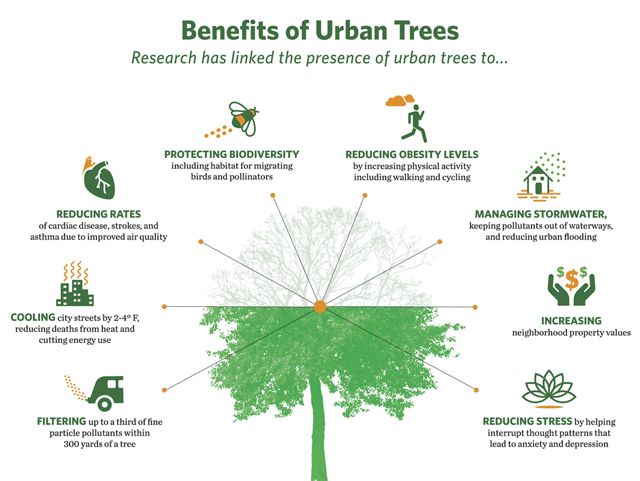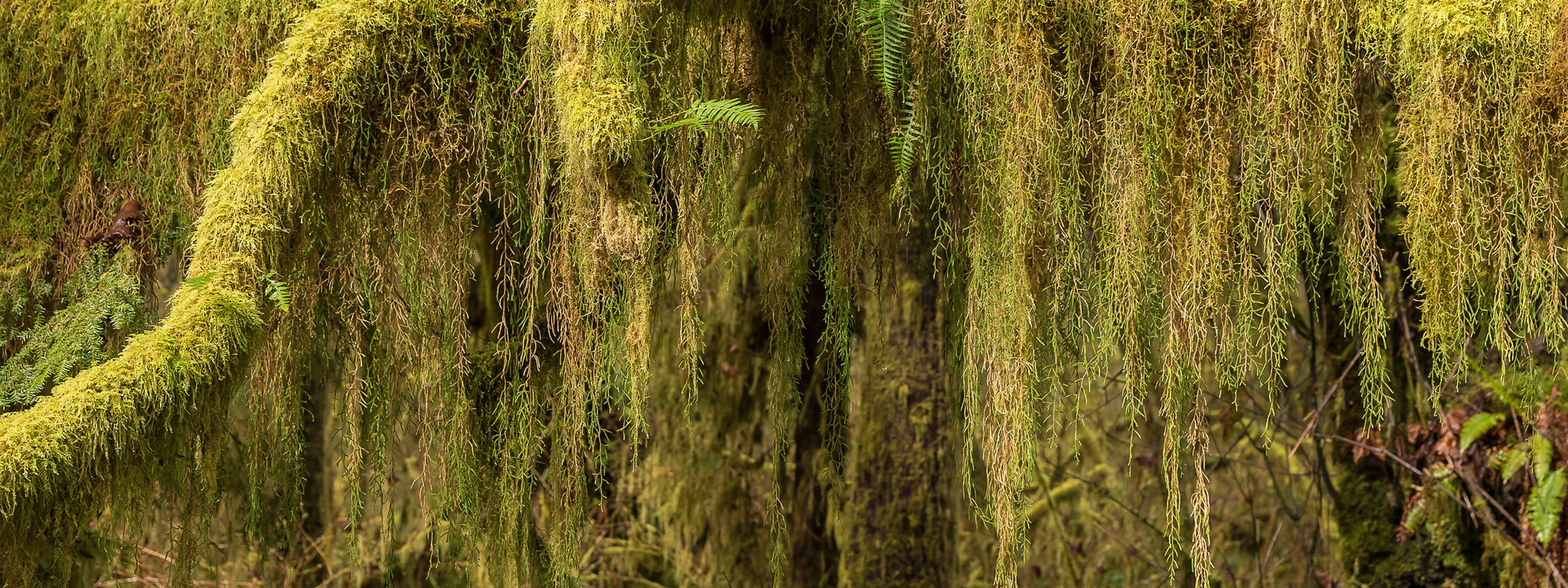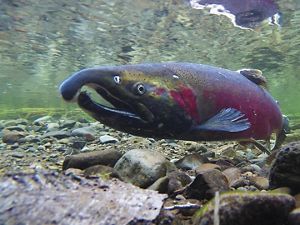Our cities and towns in the Puget Sound region are growing rapidly, with the population reaching an estimated 5.7 million by 2030. As our cities grow, so will the challenges of sustaining clean air, clean water and quality of life.
A healthy urban tree canopy can be part of the solution, providing a suite of benefits. As we plant trees in our parks and right of ways, we can also be the voices to bring awareness to the environmental, social and economic benefits of the urban tree canopy.

How Can I Be a Voice for Trees?
Support Equity in Our Tree Distribution
When looking across our cities and towns, trees are distributed unevenly, negatively impacting health and environmental outcomes in neighborhoods. As a result of historic under-investment and discriminatory housing policies such as redlining, low-income communities and communities of color are more likely to live in environments with lower tree canopy and experience other types of unhealthy conditions, such as higher air pollution.
As cities and organizations look to address this gap, it is important to also ensure that resources such as workforce development and funding are invested to ensure the long-term health of these trees. We can all support this work by bringing visibility to the inequitable distribution of tree canopy and getting involved in efforts that are addressing this gap through community-led efforts.
Start a Conversation
Connect with local organizations, start a conversation with your neighbors and communicate with local governments about the benefits of trees in our cities and towns.
- Highlight why trees are a valuable part of our city landscape with your local government.
- Work with your neighbors and local organizations to identify ways to support tree canopy in your neighborhood.
- Connect with local programs that are identifying trees to protect and opportunities for planting more trees in the Puget Sound region. Check out these sites to connect with some local efforts:
King County One Million Trees
Washington State Urban and Community Forestry Program
Green City Partnerships
Duwamish Alive! Coalition
Local Conservation Districts
Share the Facts
From climate resiliency to community well-being, trees provide a variety of benefits. Remember two to three facts that resonate most with you, and share with others:
Trees reduce the amount of rainwater that becomes polluted stormwater. Urban forest systems slow stormwater flow and filter out pollutants, reducing the burden on water treatment facilities.
Trees capture water on their leaves and support infiltration, increasing the amount of rain soaking into the ground.
Trees filter pollutants out of stormwater, preventing them from reaching waterways.
Soil can infiltrate 50% more water under the canopy than outside of the tree canopy.

Trees cool heat islands and waterways. Tree shade reduces the amount of heat that hard surfaces and waterways trap.
- Shade from shoreline trees can keep the water cool, which is important for salmon to reproduce and thrive.
- Areas without tree canopy are up to 22 degrees warmer than areas with shade in the same city.
- Properly selected and planted trees can reduce outside surface temperatures as much as 20% to 40%, reducing the number of heat-related illnesses and death.
- Trees properly placed around buildings can reduce air conditioning needs by 30% and can save 20%-50% in energy used for heating—reducing carbon at the same time!
Trees reduce carbon pollution. Trees absorb and store carbon dioxide, one of the main contributors to greenhouse gases. Planting trees is one tool in the effort to address climate change.
- In the United States alone, urban trees store more than 708 million tons of carbon and capture an additional 28.2 million tons of carbon per year.
- The value of urban carbon sequestration is substantial: approximately $2 billion per year, with a total current carbon storage value of more than $50 billion.
Improving air quality. Urban trees remove 822,000 tons of air pollution per year in the U.S.
- Trees have been shown to reduce both deaths and respiratory diseases caused by urban air pollution.
- A recent study estimating the environmental benefits of the trees to be planted in the Million Trees LA campaign calculated a total reduction in air pollutants by the trees to be valued at $68 million.

Supporting community health and safety. Forested urban areas support community stability, social ties and health.
- Residents of buildings with more trees and grass reported that they knew their neighbors better, socialized with them more often, had stronger feelings of community and felt safer and better adjusted.
- There is a strong relationship in many cities between higher levels of tree canopy and lower levels of crime, regardless of socioeconomic factors.
- Levels of asthma are highest where tree density is the lowest—and the rate of childhood asthma is 29% lower for every 343 trees per square kilometer.
- Residents of areas with the highest levels of greenery were three times as likely to be physically active and 40% less likely to be overweight or obese than residents living in the least green settings.
Sources: Vibrant Cities Lab (VCL), USDA Forest Service.
Want to learn more about how you could be an advocate for trees in your community?
Check out Vibrant City Labs or connect with a local organization.
We Can’t Save Nature Without You
Sign up to receive monthly conservation news and updates from Washington. Get a preview of Washington's Nature News email.




